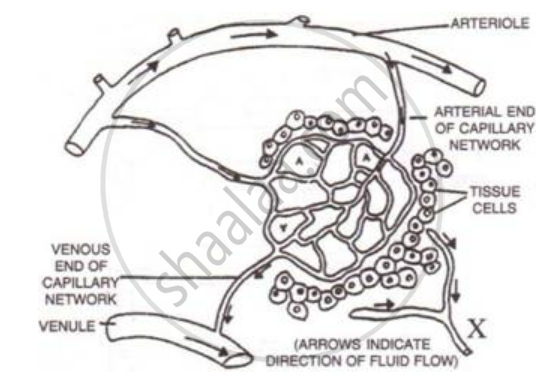Advertisements
Advertisements
प्रश्न
Give a scientific reason:
Carbon monoxide is highly dangerous when inhaled.
Give a suitable biological reason for the following statement:
Carbon monoxide is dangerous when inhaled.
Carbon monoxide is dangerous when inhaled in excess. Comment on the statement.
उत्तर १
Carbon monoxide, when inhaled and absorbed into the blood, binds with haemoglobin and forms an irreversible complex called carboxyhaemoglobin. The formation of this complex reduces the oxygen-carrying capacity of the blood. Hence, carbon monoxide is highly dangerous when inhaled.
उत्तर २
Carbon monoxide is damaging to the body because it replaces oxygen in the blood when we breathe in air. Keeping things under control. This lack of oxygen has an impact on crucial organs such as the heart, brain, and other important body parts. Inhaling significant amounts of CO can swiftly cause unconsciousness and suffocation without warning. When carbon monoxide is inhaled, it binds to haemoglobin and causes a persistent oxygen deficit in the body. Clearing CO-contaminated haemoglobin (carboxyhaemoglobin) necessitates prolonged exposure to fresh air or oxygen.
संबंधित प्रश्न
The diagram below shows part of the capillary bed in an organ of the human body. Some of the blood arriving at the capillaries at points labeled A, moves out into the spaces between the tissue cells. Study the diagram and answer the questions that follow:

Name any one important component of the blood which remains inside the capillaries and fails to move out into the spaces.
The red-coloured pigment present in RBCs is called ______.
Name the iron containing protein present in RBC of blood.
How many molecules of haemoglobin are found in each erythrocyte?
Decrease and increase in the number of RBCs is respectively termed as ______
Given below is the diagram of a human blood smear. Label the parts numbered 1, 2 and 3.

Distinguish between Erythrocytes and Leucocytes.
The life span of an RBC is ______.
Mention the following:
Average life span of RBCs.
The compound formed by the combination of haemoglobin and carbon dioxide is ______.
